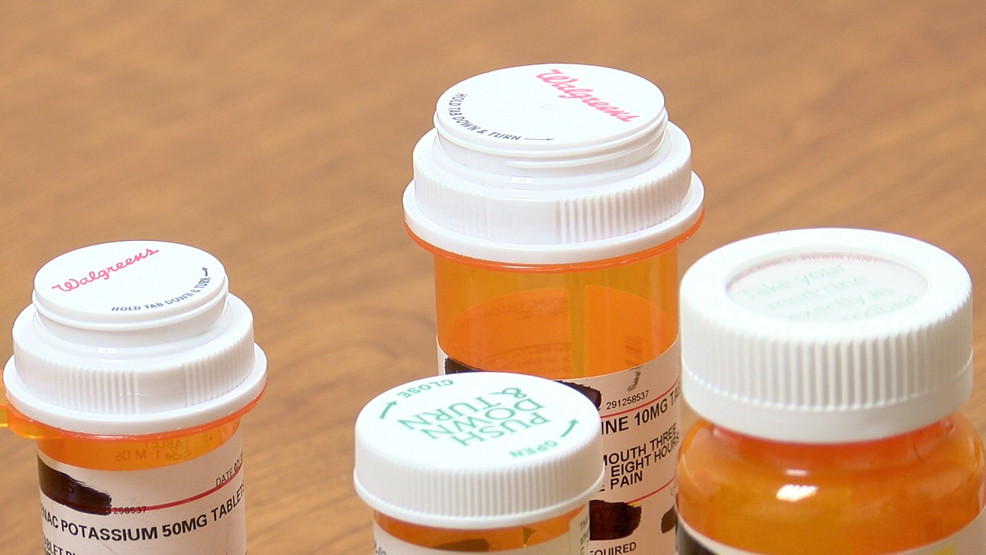(WPDE) The South Carolina Department of Health and Environmental Control (SCDHEC) and the Department of Alcohol and Other Drug Abuse Services (DAODAS) have a new way to continue fighting the state’s opioid crisis. palmetto
The two agencies have been working together for years to analyze the state’s opioid crisis, primarily through data collection. However, in an effort to make that data available to anyone at any time, they launched their new public online dashboard on Monday.
The Prescription Monitoring Program with SCDHEC and DAODAS has been tracking substance abuse in South Carolina since 2008.
Dr. Sara Goldsby, director of DAODAS, said, “While prescribing is often done with very well-intentioned intentions, South Carolina and other states have acted over the past decade or more to really help correct and address the over-prescription and misuse of prescription drugs”.
Now, these state-led organizations are taking their research and combat efforts a step further with the new interactive online data dashboard.
TRENDING: Samantha Miller’s death: One year since bride was murdered on wedding night
I think this will be a very important source of information for people who are trying to address the drug crisis in our state, as you probably know, the number of people abusing drugs has increased significantly, as well as the number of overdoses, and unfortunately the number of deaths,” said Dr. Edward Simmer, director of SCDHEC.
The live dashboard shows about two years of data across the state and can even be broken down county by county.
The information details the numbers for various drug prescription trends broken down specifically by drug type, age group, patient gender, and compares dispensary statistics month-over-month.
Data will be updated consistently and new data collections will be posted to the dashboard quarterly.
“It’s an information tool that really leads to better care for people and better oversight of the prescription drugs that are dispensed,” Goldsby said. “Also, how medical professionals can see how their prescribing relates to the average of the prescribers around them. They tend to make adjustments in their own practice patterns.”
CAROLINAS: At least 1 suspect dead after shooting in Charlotte; “Numerous” officers shot
Simmer said tracking these trends can help more than just agencies working to combat the crisis.
He explained, “Because you can get data by county, I think this information will help local officials make decisions about how to use their limited funds to have a better impact in their communities, but I think the average citizen can also use these data to better understand how serious the problem is in my community?”
All of this data collectively helps us ask more questions and focus on the problems we’re seeing, but even better, the potential solutions,” added Goldsby. “And a lot of it is relatable. to conversations with our health providers. These health care providers are informed and citizens feel informed as they approach these conversations with their health care providers.
As the dashboard has just been rolled out to the public, DHEC and DAODAS are asking for feedback from users to continue improving the page and adding information. To view the board and submit feedback, click here.
There are a few things to be aware of that are not included in the dashboard, such as individual patient data to protect privacy, and data categories with fewer than 11 people in counties with fewer than three dispensers are also excluded , in order to protect patient confidentiality. .
#DHEC #DAODAS #launch #interactive #online #dashboard #track #prescription #drugs
Image Source : wpde.com
